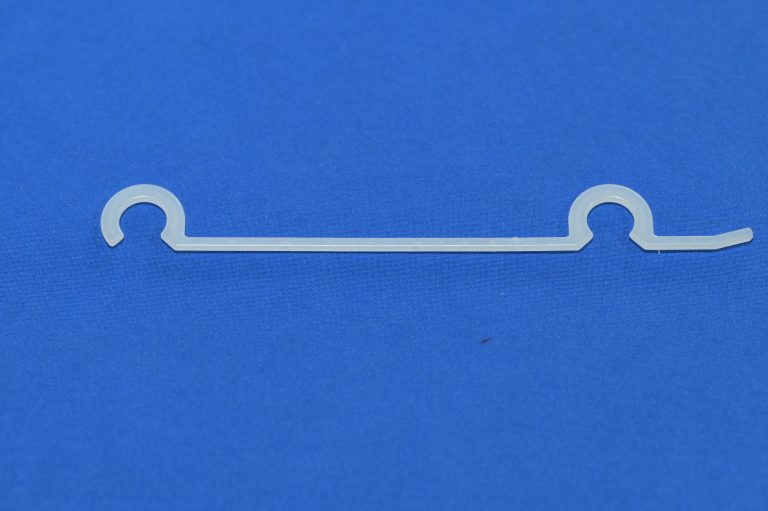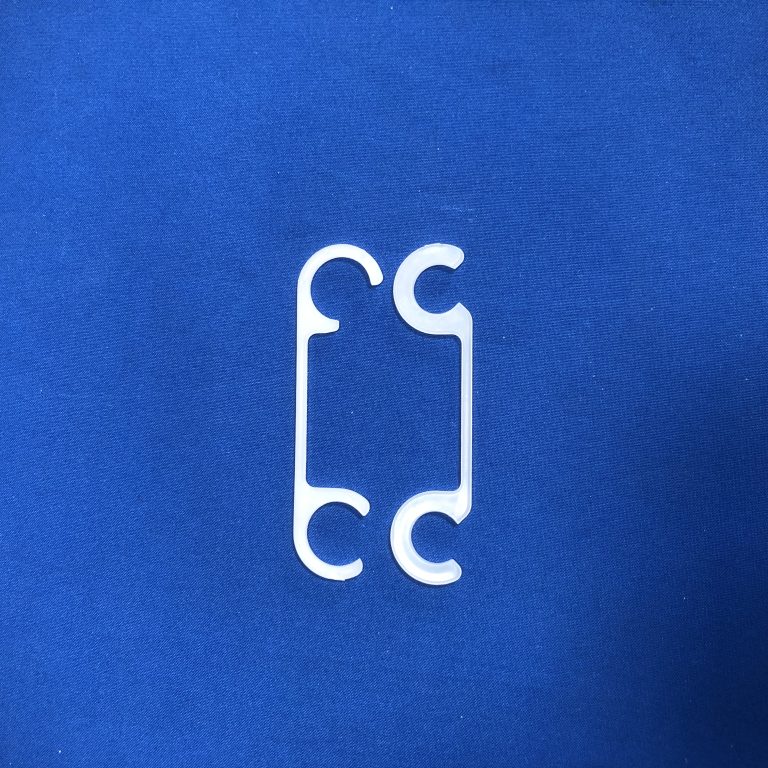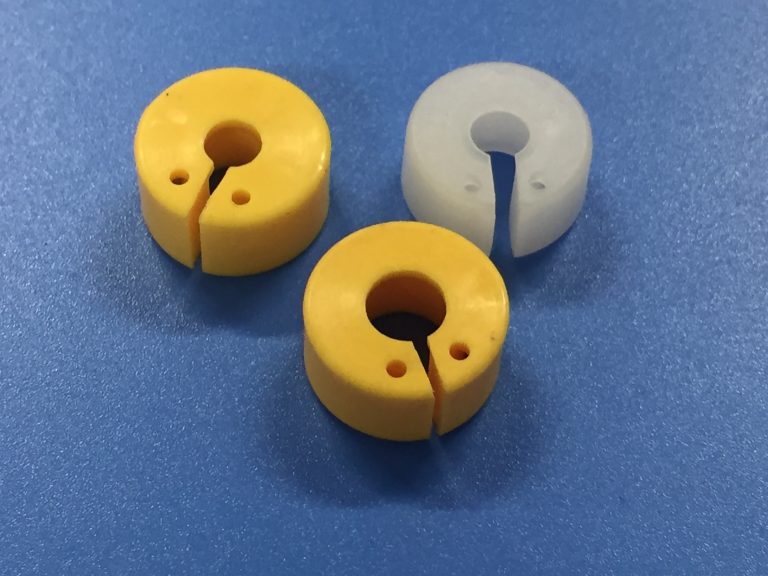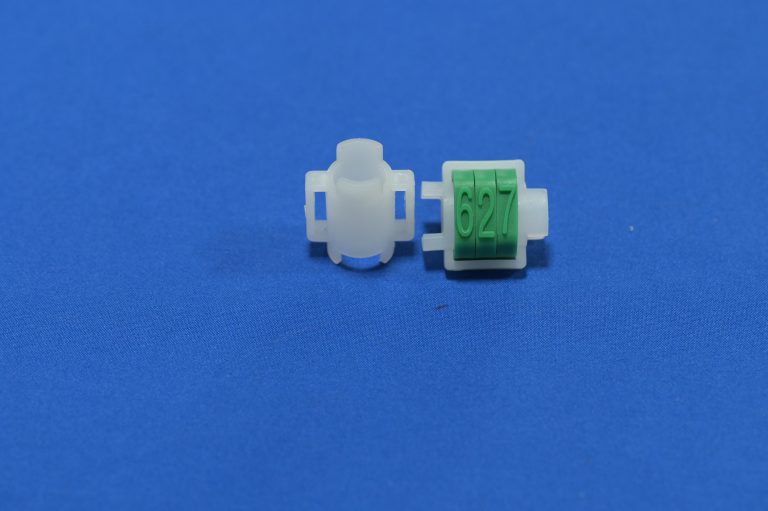







Structure and Working Principle
Locking Methods
Common locking methods include self-locking and setscrew types, which utilize clamping or bolting for quick installation and removal.
Mating Parts
Used in conjunction with rollers, spacer sleeves, and other components. Shallow and wide rollers typically require a retaining sleeve, while deep and narrow rollers do not require additional securing.
Mounting Location
Located at the end of the conveyor roller or wheel shaft to limit axial movement of the roller. Main Functions
Prevents roller loosening or axial displacement
Maintains roller concentricity and stability
Simplifies assembly and maintenance, allowing for quick roller replacement
Protective for the conveyor system, preventing PCB deviation due to roller slippage
Product Overview
Locking sleeves are mechanical components used in the conveyor system of PCB production equipment. They are primarily used to secure, position, and prevent axial movement or idle rotation of conveyor rollers or wheels during operation. Used in conjunction with rollers, latches, and other components, they stably secure the rollers, ensuring smooth operation during PCB conveying, insertion, or processing.
Materials and Specifications
Material: HCPP (high-performance polypropylene); some models can be customized with other engineering plastics or metals upon request
Specifications: Inner diameter must match the roller shaft diameter, and the outer diameter must not exceed the roller outer diameter
Structure: Round, with slots, or other custom shapes
Applications
Conveyor section of PCB production line
Etcher
Developer
De-filming machine
Cleaning machine
Product Advantages
Easy installation and quick maintenance
Lightweight structure reduces equipment load
Wear-resistant and corrosion-resistant, suitable for long-term operation
Compatible with various roller structures
To provide high-precision, high-performance PCB equipment accessories, empowering the global electronics manufacturing industry to achieve efficient production.

